Abandoned Military Airbase Under Plješevica Mountain: A Fascinating Yugoslavian Relic
The Plješevica mountain in eastern Croatia, near the border with Bosnia-Herzegovina, hides a remarkable secret – an abandoned military airbase once one of Yugoslavia’s largest underground airports. Known as Objekat 505 or Željava airbase, this enigmatic structure was constructed with utmost secrecy between 1948 and 1965, making it a historical marvel shrouded in mystery.

Željava airbase’s construction costs were staggering, amounting to $6 billion, a colossal sum for its time. The investment was justified as it served as one of Europe’s biggest airbases and doubled as a deterrent against foreign aggression during wartime. The military planners incorporated a long-range early warning radar system to bolster the country’s defense capabilities. Furthermore, the complex was designed to withstand a direct nuclear bomb hit, demonstrating Yugoslavia’s commitment to protecting its airspace.
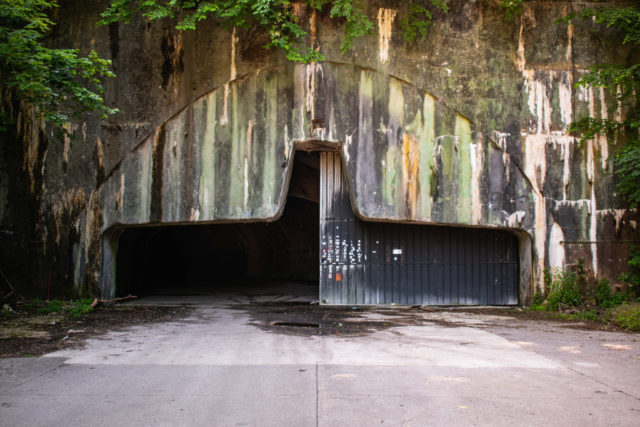
Above ground, the airbase boasted five runways, surface-to-air missiles, and tracking radars, ensuring it was a well-equipped and strategically positioned military stronghold. Additionally, military police stations and a hunting lodge were constructed for the convenience of military and civilian leaders who frequented the base. However, what truly set Željava apart was its impressive underground facilities.
The underground complex was accessible through four exits, each sealed with massive 100-ton pressurized doors. Three of these exits were engineered to enable the launch of jets. Today, remnants of the past lie dormant within the tunnels, including an old C-47 and two F-48s, albeit in a sorry state.

The underground facilities of Objekat 505 housed two entire fighter squadrons, reconnaissance planes, and associated amenities. A network of tunnels spanned approximately 3.5 kilometers (around two miles), facilitating movement and operational efficiency. Semi-circular concrete shields were installed every ten meters (33 feet) along the tunnels to ensure structural integrity.
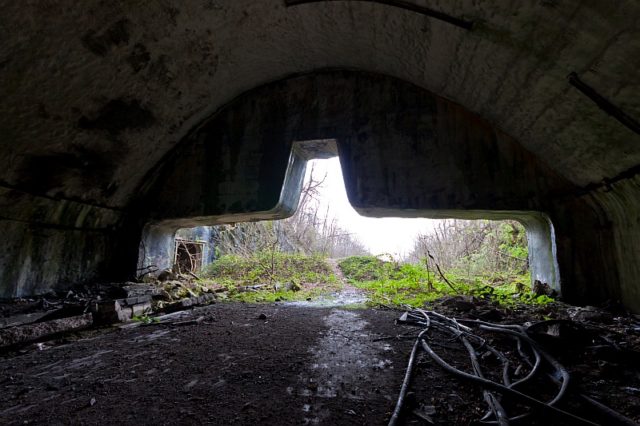
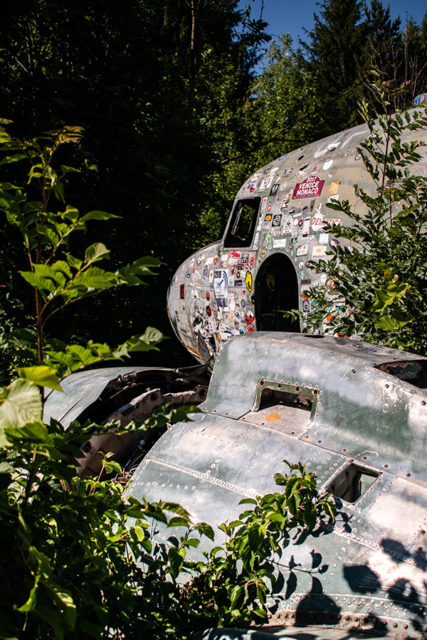
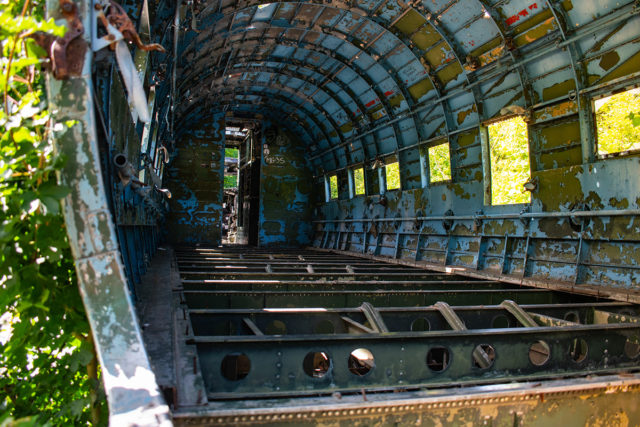
Moreover, the underground complex featured electricity generators and a self-sustaining water source, further highlighting its self-sufficiency. The presence of crew rooms and a dining hall capable of accommodating up to 1,000 individuals showcased the scale and functionality of this underground military marvel.
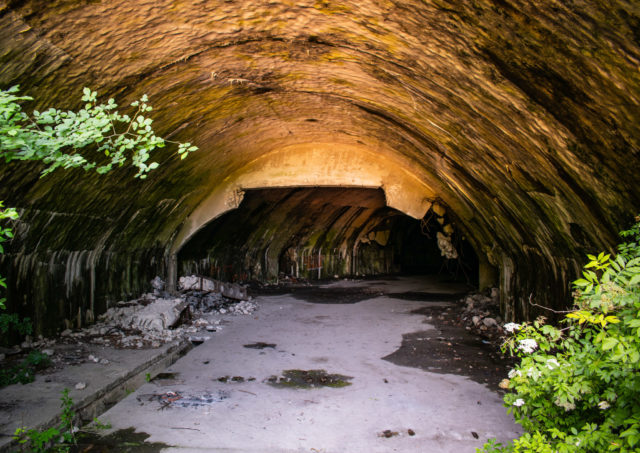
Unfortunately, the airbase’s fate darkened during the early 1990s with the Yugoslav Wars. In 1991/2, as the Yugoslav People’s Army withdrew from the base, they strategically detonated explosives along the length of the runways, rendering them unusable. Later, the Military of Serbian Krajina used 56 tons of explosives to inflict significant damage, leaving the base in ruins. The underground sections remained intact despite the destruction, attracting curious urban explorers.
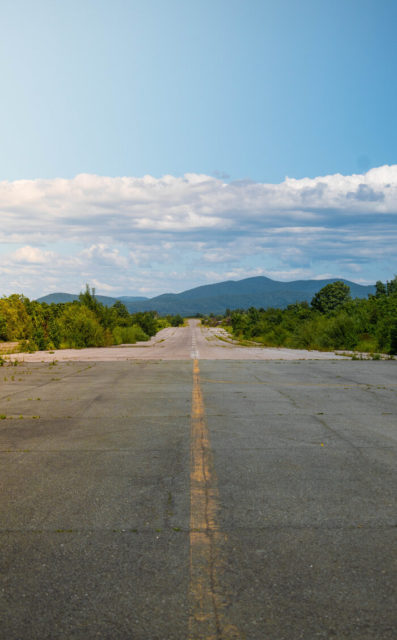
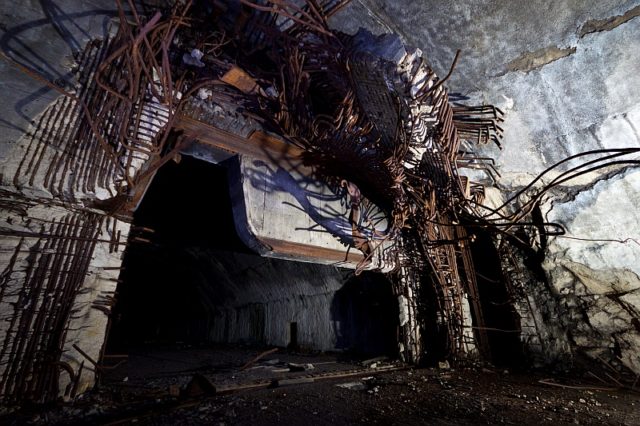
While the abandoned airbase has piqued the interest of many, visiting the site demands extreme caution. Unexploded landmines and hazardous conditions pose severe threats to visitors. A tragic incident in November 2000, where a man lost his life due to an anti-personnel mine, underscores the risks involved.
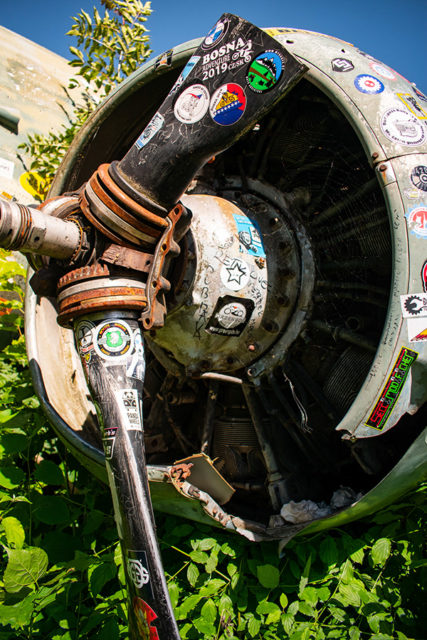
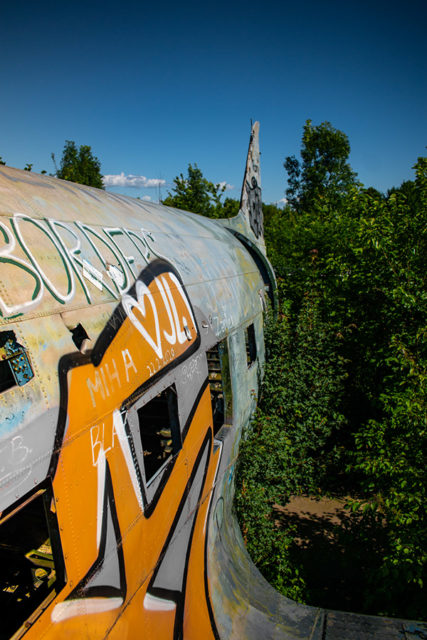
Due to the significant environmental harm that the explosions and the presence of landmines, restoring the airbase for any purpose is financially unfeasible. Additionally, the military agreement prohibiting active bases within 15 kilometers (approximately nine miles) of the border prevents potential military use.
Moreover, the unique geographical aspect of Željava airbase, with the boundary between Croatia and Bosnia-Herzegovina running through it, further complicates its fate. Consequently, the abandoned airbase remains a symbol of a bygone era, destined to endure as a relic of Yugoslavian history for the foreseeable future.
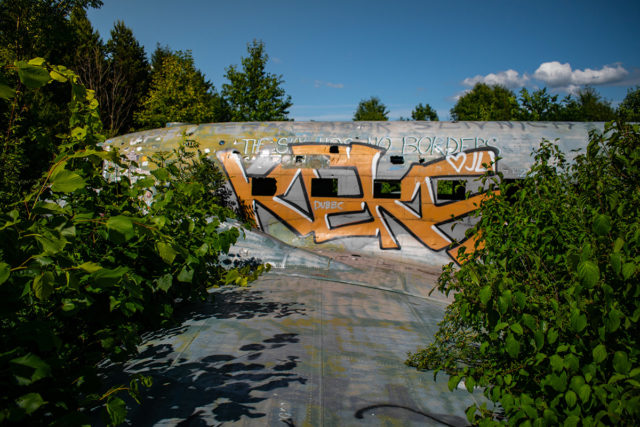
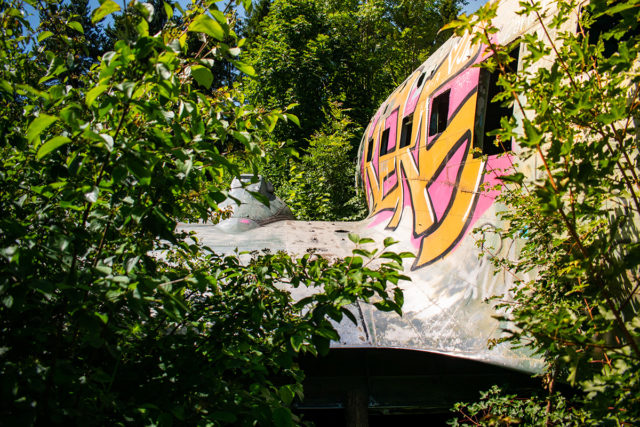
The haunting beauty of the abandoned plane and airbase has been immortalized through the lens of Matej Pribanić, a talented digital freelancer and designer. We extend our heartfelt gratitude to him for sharing his mesmerizing work with our readers. To explore more of Matej’s creations, follow his Behance account or Instagram page.
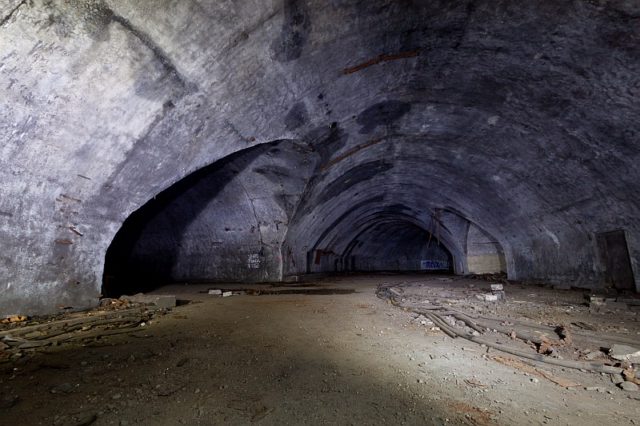

The enigmatic Željava airbase is a testament to Yugoslavia’s military prowess and a poignant reminder of a tumultuous era in the region’s history. As time passes, let us remember and honor this remarkable structure that silently witnessed the turbulent past of Eastern Europe.
Related Article
Exploring the Enigmatic Castle Hogemeyer: A Glimpse into Belgium’s Rich Heritage
Cement and: A Weird Amusement Park Converted from a Deserted Factory
H Thu Tiên: Vietnam’s Supposedly Haunted Abandoned Waterpark
Article source: abandonedspaces








